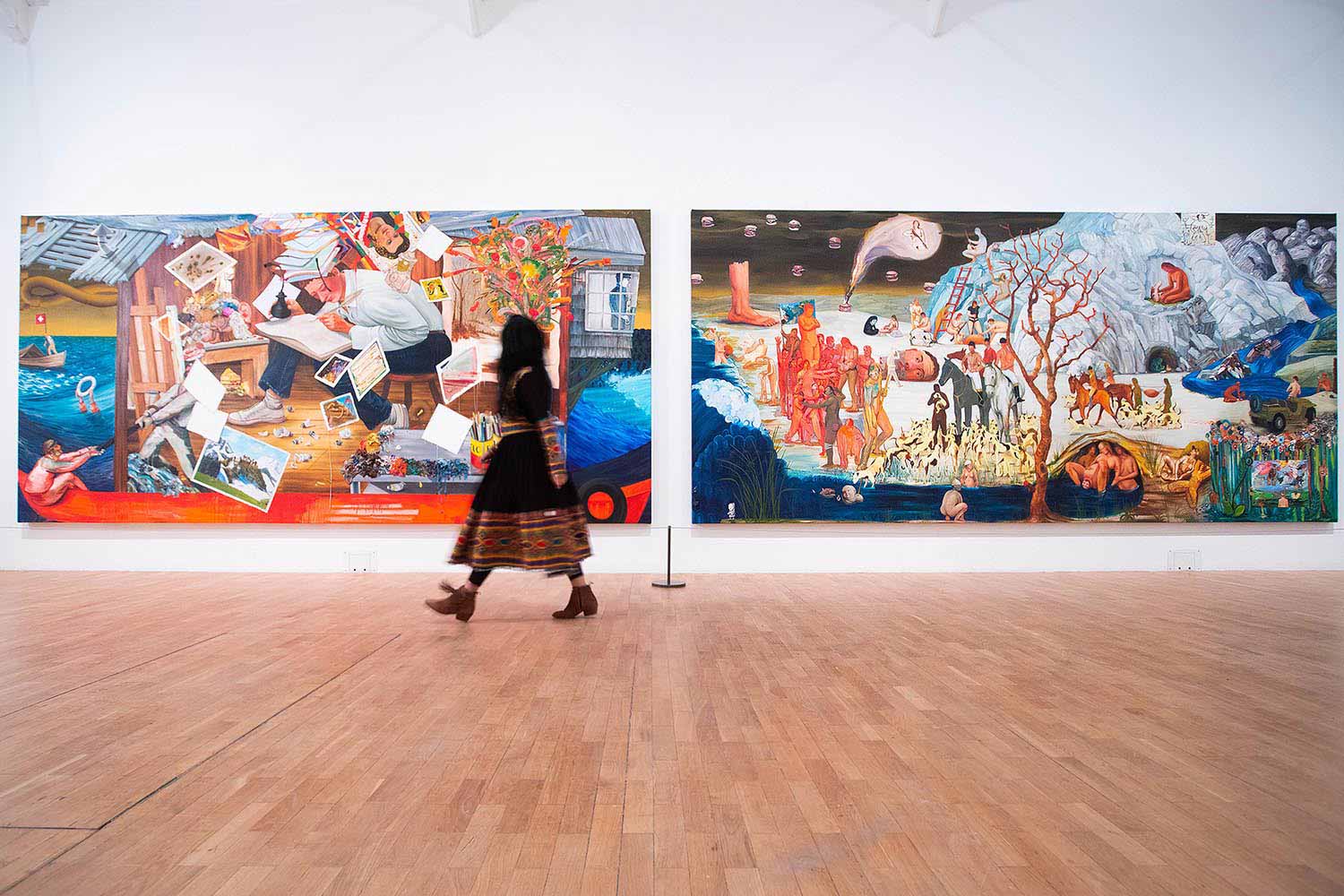Art abounds: Must-visit cities for the ultimate art experience
9. January 2024

Embarking on an adventure into the art world often involves traversing cities that serve as hubs for creativity, innovation, and cultural expression. If you’re wondering which cities to explore for an immersive art experience, here’s a curated list that promises to ignite your artistic soul.
Paris, France: The City of Artistic Legacy
Known as the epicenter of artistic movements, Paris stands as a testament to centuries of creative brilliance. From the iconic Louvre housing masterpieces like the Mona Lisa to the vibrant street art adorning the neighborhoods, every corner exudes artistic flair. Don’t miss out on exploring Montmartre, a historic district that has inspired countless artists through the ages.

Photo of Museum D’Orsey from web
New York City, USA: The Contemporary Art Mecca
For those captivated by contemporary art, New York City is an unrivaled destination. The city’s art scene pulsates with energy, with galleries in Chelsea and the iconic Museum of Modern Art (MoMA) showcasing avant-garde works. Street art in neighborhoods like Bushwick in Brooklyn adds a dynamic and eclectic touch to the artistic landscape.

Photo of MOMA from web
Florence, Italy: Renaissance Revival
Stepping into Florence feels like a journey back in time to the Renaissance era. The birthplace of renowned artists like Michelangelo and Leonardo da Vinci, Florence boasts architectural marvels like the Uffizi Gallery and the Accademia Gallery, home to Michelangelo’s David. Every alleyway whispers tales of artistic grandeur.

Photo of Uffizzi from web
Tokyo, Japan: Fusion of Tradition and Modernity
Tokyo’s art scene seamlessly merges tradition with innovation. From contemporary galleries in Roppongi Hills to the serene beauty of ancient art in places like the Nezu Museum, Tokyo offers a kaleidoscope of artistic experiences. Don’t miss teamLab Borderless, an immersive digital art museum that redefines boundaries.

Photo of Uffizzi from web
London, UK: A Canvas of Artistic Diversity
London’s art scene is synonymous with its world-class museums and galleries. The British Museum houses a staggering collection spanning centuries and continents, including the Rosetta Stone and the Elgin Marbles. The National Gallery showcases European masterpieces, featuring works by Van Gogh, da Vinci, and Turner.

Photo of The National Gallery from web
Venture into East London’s streets, particularly Shoreditch and Brick Lane, to witness a thriving street art scene. Colorful murals and graffiti adorn walls, telling stories of local culture and global trends. Additionally, unconventional art spaces like the Whitechapel Gallery and the Serpentine Galleries provide platforms for experimental and boundary-pushing art forms.

Photo of The Whitechapel Gallery from web
Each of these cities beckons with its own unique artistic treasures, offering a captivating blend of history, innovation, and cultural richness. Whether you seek classical masterpieces, avant-garde expressions, or a fusion of both, these cities promise an unforgettable artistic odyssey.
So, set forth on this art-filled adventure, let your curiosity be your guide, and immerse yourself in the beauty that these cities offer to art aficionados and adventurers alike.
Come with us to travel the world of art!
















